Andrew Birkbeck
Reviews By Author
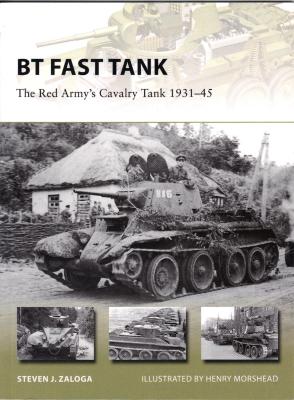
|
BT Fast Tank: The Red Army’s Cavalry Tank 1931 - 45Published:
As the First World War progressed, it became clear that one important arm of many nation’s military, the horse mounted cavalry, were doomed to extinction. The era of trench warfare, with its use of barbed wire entanglements and the mass use of machineguns spelled disaster for unprotected men on live animals and who required unobstructed solid ground to be effective. Cavalry required speed and mobility to gain maximum shock value. When tanks were first introduced in the First World War, they were slow, ponderous machines clanking along at the speed of the foot slogging infantry. As the technology advanced, so too did the speed of tanks. A number of nations looked to the tank to provide a replacement for the cavalry via the utilization of rapidly moving tanks: the fast cavalry… more |
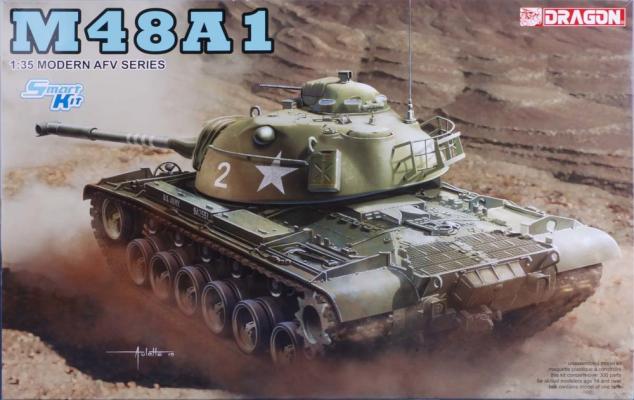
|
M-48A1Published:
BackgroundThe M48 tank was the third in a series named for the famous WW2 US general, George Patton. The first two were the M46 and M47 Patton tanks, and the M48, though looking similar to its immediate predecessor, the M47, was in fact a completely new design. It incorporated a 90mm main gun, and had a cast steel hull and turret, which was much more rounded than its predecessors, thus offering superior ballistic properties. Initial variants of the M48 had gasoline powered engines, but these proved to be poor performers, and so the M48A3 introduced a better performing diesel engine. Production of the M48 lasted from 1952 until 1959, with a total of just over 11,700 vehicles manufactured. This is Dragon’s third M48, the first being an M48A3 Mod. B released in 2013 (… more |
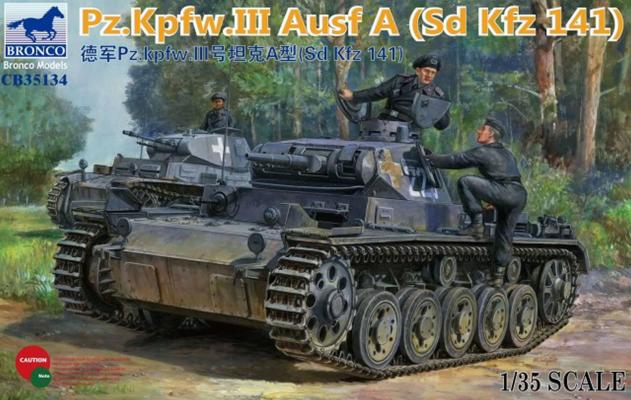
|
Pz. Kpfw. III Ausf. A (Sd Kfz 141)Published:
BackgroundThe Panzer III (Pz Kpfw III) was Germany’s first main battle tank, all previous designs being smaller so called “scout” tanks. In early 1934 the German Army, now rearming after the National Socialist (Nazi) takeover of the German national government in 1933, put in motion via the Army Weapons Department plans for a new medium tank weighing 24 tonnes and with a speed of 34 KPH. Daimler-Benz, Krupp, MAN, and Rheinmetall all submitted design proposals and produced prototypes, with Daimler-… more |
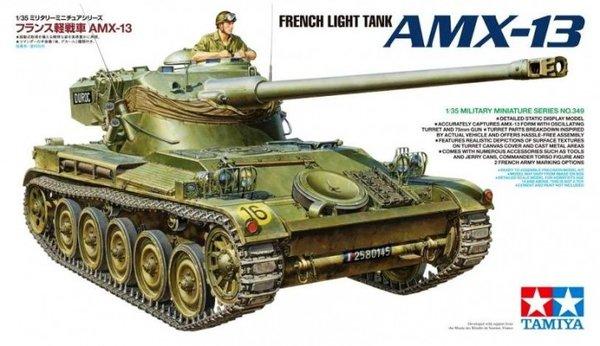
|
French Light Tank AMX-13Published:
BackgroundThe French military has a proud history of tank design, starting with the grandfather of all modern tanks, the FT-17 during the First World War. This was the first tank to incorporate a gun mounted in a rotating turret. Immediately prior to the start of the Second World War, the French Army fielded a good number of world class tanks such as the Somua S-35 (Tamiya kit 35344). But disaster struck the French, and their massive Army was humiliated when it was outmaneuvered by German forces in May 1940. However, immediately following the cessation of hostilities in Europe in 1945, French designers once again began to think of new designs from which to produce home-grown tanks. One of the first such designs was a 1946 specification for a 13-ton air-transportable… more |
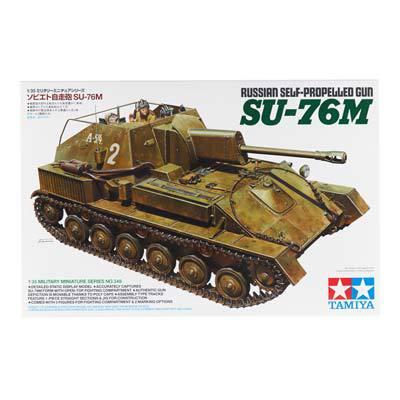
|
Russian Su-76 Self Propelled GunPublished:
BackgroundPrior to the start of World War Two, the armed forces of the Soviet Union were lacking in any sort of self propelled artillery. Following the invasion of the Soviet Union by German forces in 1941, Soviet forces suffered massive loses of military material. Hand in hand with these losses came the forced uprooting of many of their key military production plants eastwards, away from the advancing German armies. But these plants were soon up and running again, and with heroic efforts on the part of the workers and plant managers, were soon churning out replacement vehicles in an attempt to cover the initial losses. As the battles on the Eastern Front turned from German offense/Russian defense, to Russian offense/German defense in late 1942 and 1943, Soviet… more |
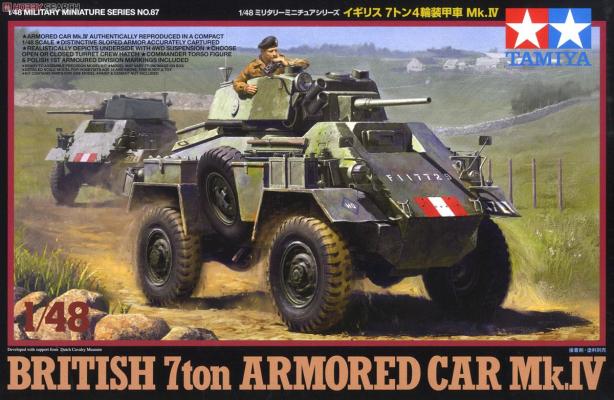
|
British 7ton Armored Car Mk.IVPublished:
The latest in Tamiya’s range of 1/48th scale military vehicles is what the firm lists as a “British 7ton Armored Car Mk.IV”, while the correct designation is in fact “Armoured Car, Humber Mk.IV”, so I presume the lawyers found that “Humber” was a protected trademark and Tamiya didn’t want to pay for the privilege of using it! These vehicles were to be found all over Italy and NW Europe in British, Canadian, Polish, etc. units, as well as training units in the UK, from 1943 onwards. Gone are the days when Tamiya incorporated a cast metal hull piece or lumps of metal to attach to the hull interior of their 48th scale military vehicle range. This kit includes only injection molded plastic parts of a dark green color, plus a small decal sheet. No cast metal, no photo etched, no… more |
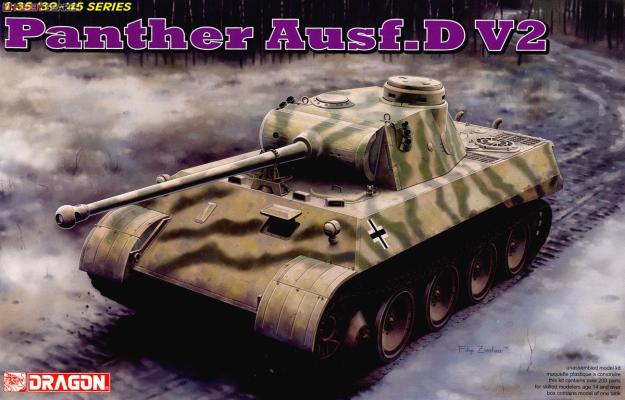
|
Panther Ausf. D V2Published:
This kit from Dragon Models of the World War Two German Panther tank prototype is somewhat of a curate’s egg. Some parts good, some parts less so. However, it IS the first mainstream injection molded plastic kit of the prototype of this seminal German medium tank, and so for this Dragon are to be commended for issuing it. But it is, as I say, not without its faults. Read on….. The V2 prototype kit is apparently derived from Dragon’s Panther Ausf. D released approximately 15 years ago. This was a very good kit for the time, and there is nothing wrong (IMHO anyway) with utilizing parts from previous kits provided those parts are accurate for the new version of the vehicle being modeled. This Panther Ausf D V2 prototype kit measures up nicely with the drawings provided in the… more |
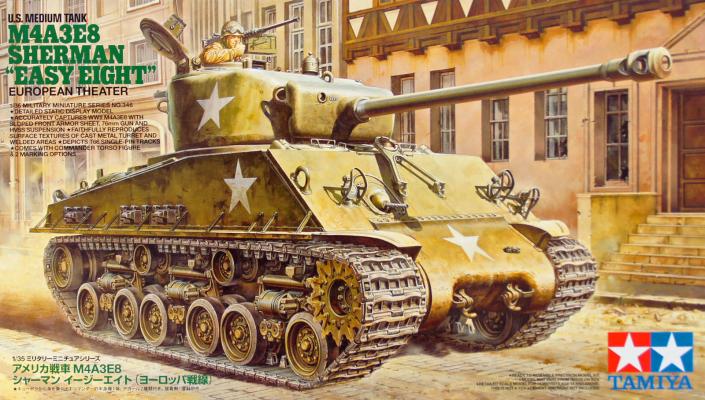
|
M4A3E8 ShermanPublished:
The M4 series of tanks, popularly known as the Sherman tank, was the most important U.S. medium tank of the Second World War. It fought on every front, from the steamy jungles of the Pacific campaigns, to the dusty baking hot desert environs of North Africa, to the freezing snowy conditions of the Russian front winters. The culmination of the design, at least during WW2, was the M4A3E8 variant, known by the troops as the “Easy 8”. This variant first saw combat in Western Europe in December 1944. Tamiya first issued an M4A3E8 Sherman in 1/35th scale back in the 1970s. It was motorized and I remember it had some of the coolest box art I had ever seen. I purchased the kit, built it, and drove it round and round my living room floor! Fast forward to 2014, and Tamiya decided to do… more |
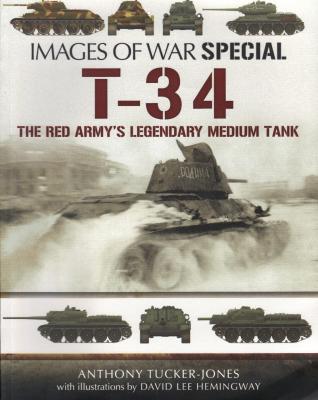
|
Images of War Special: T-34 The Red Army’s Legendary Medium TankPublished:
Was the Soviet T-34 the most important tank of the Second World War? It certainly was produced in the largest numbers, 57,000 between 1941 and 1945, more even than the ubiquitous M4 Sherman series. And it was undoubtedly superior to the Sherman in many areas, including armor protection and main armament. And without doubt the most massive and arguably most important armored battles of WW2 took place on the Eastern Front, where the T-34 dominated Soviet tank strength numbers. Did in fact the T-34 “win the war” for the Allies, responsible as it was for inflicting massive damage to more Axis divisions than any other Allied military vehicle? Whatever your answer to this question it is undoubtedly true that the T-34 was an extremely important cog in the Soviet military machine that crushed… more |
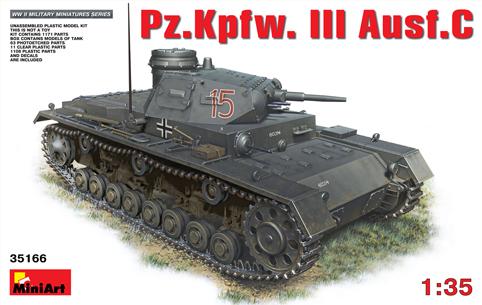
|
Panzer III Ausf. CPublished:
The Panzer III was one of the two work horses of the German Wehrmacht , together with the Panzer IV, serving on all fronts during the Second World War. And while the modeler has been well provided for when it comes to the later models (Ausf. E onwards) of the Panzer III, the earlier versions have been sorely neglected. Until now: Miniart of Kiev, Ukraine has announced that they will be doing the Panzer III Ausf. B, C and D in 1/35th scale. If the Panzer III Ausf. C kit under discussion today is anything to go by; we are all in for a real treat. The kit comes packaged in a sturdy box with a beautifully rendered painting of the tank on the box top. The first thing one notices is that unlike the Panzer III Ausf. E onwards with their 6 main road wheels, the earlier versions of the… more |
